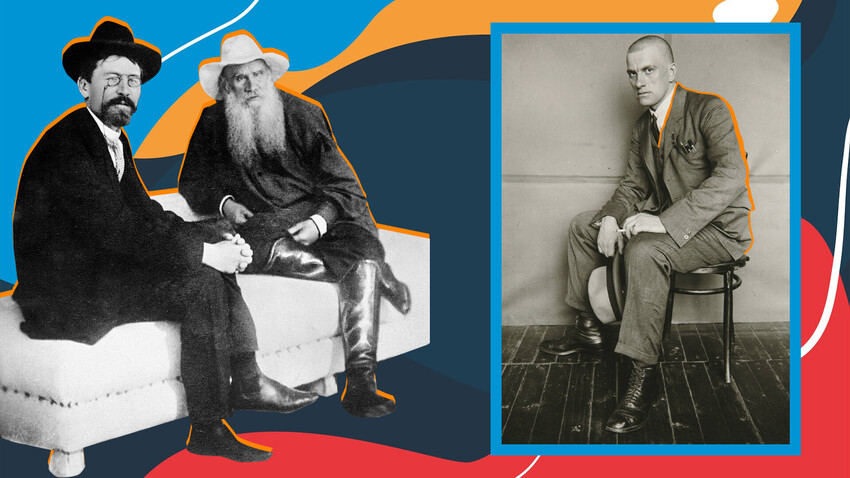
As a young man, Tolstoy put a lot of stock in appearances - his own and others’. He lived in St. Petersburg in the 1850s and had a habit of using the best tailor in town. Biographer Pavel Biryukov described how Tolstoy once immediately branded one gentleman as “some creep” for simply not wearing gloves.

Leo Tolstoy, Russian writer, at age 20
Legion MediaHowever, having moved to his Yasnaya Polyana manor, the writer’s style radically changed - he began dressing as a lowly peasant. Most of his clothes were sewn for him by his wife and a local peasant by the name of Lipunova. The main item in his wardrobe became a loose shirt, which he fastened with simple rope. Such long sleeve shirts would later be given the name tolstovka, which is one of the words for ‘sweatshirt’ in modern Russian. And, in summer, Tolstoy would add a straw hat.
The writer also loved his robes and didn’t shy away from appearing in them in front of guests. “He wore shoes without socks and even designed his own… robe - an item he would wear during the day and sometimes use as both bed sheets and duvet at night,” wrote his personal assistant, Nikolay Gusev.
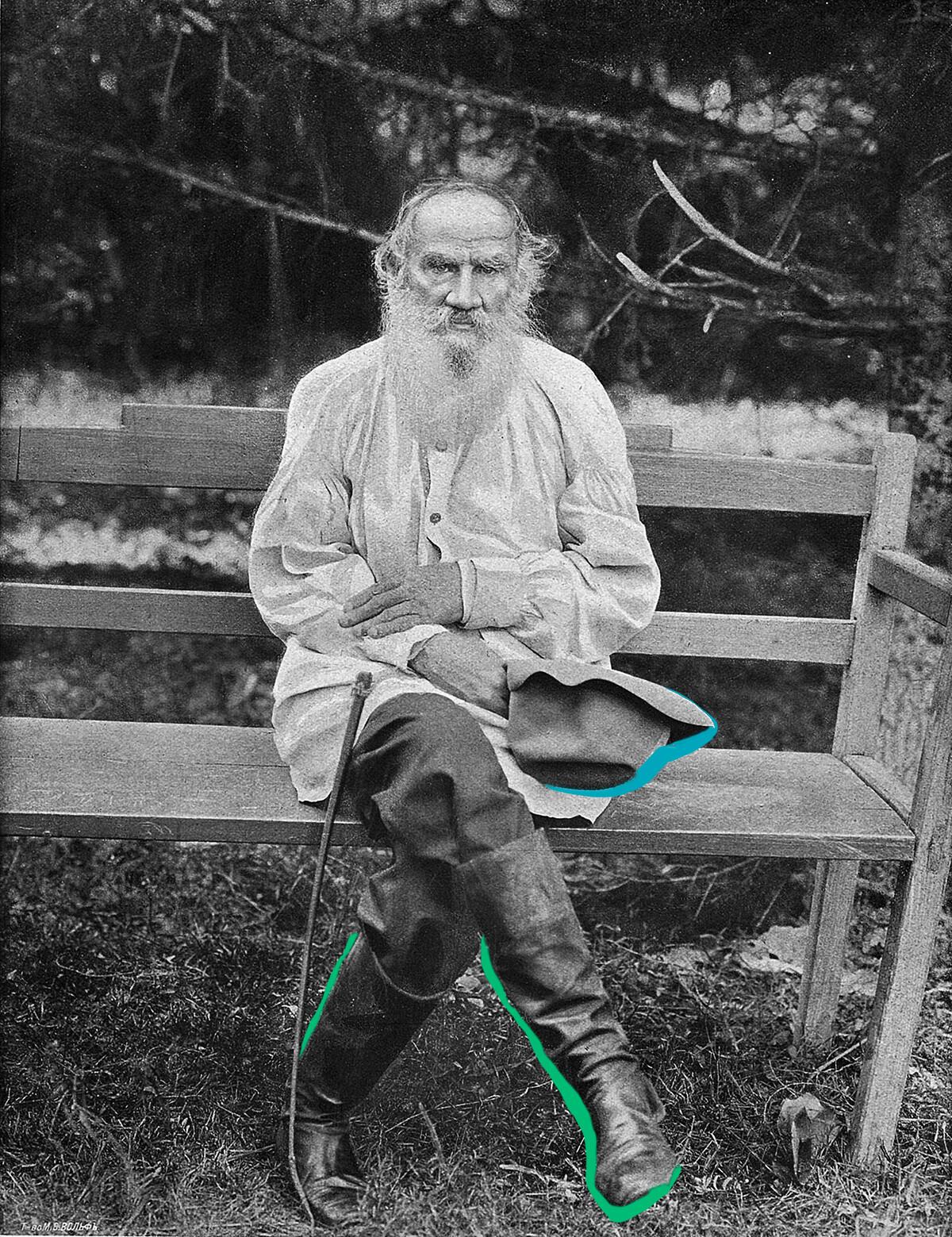
The handmade aesthetic even spread to the shoes Tolstoy wore - valenki, galoshes, boots. However, the notion that Tolstoy walked barefoot is completely false. The myth was spread by artist Ilya Repin, who, in 1901, painted ‘Lev Nikolayevich Tolstoy Barefoot’. Tolstoy was furious: “The only thing that’s missing is that I still have my pants on.”
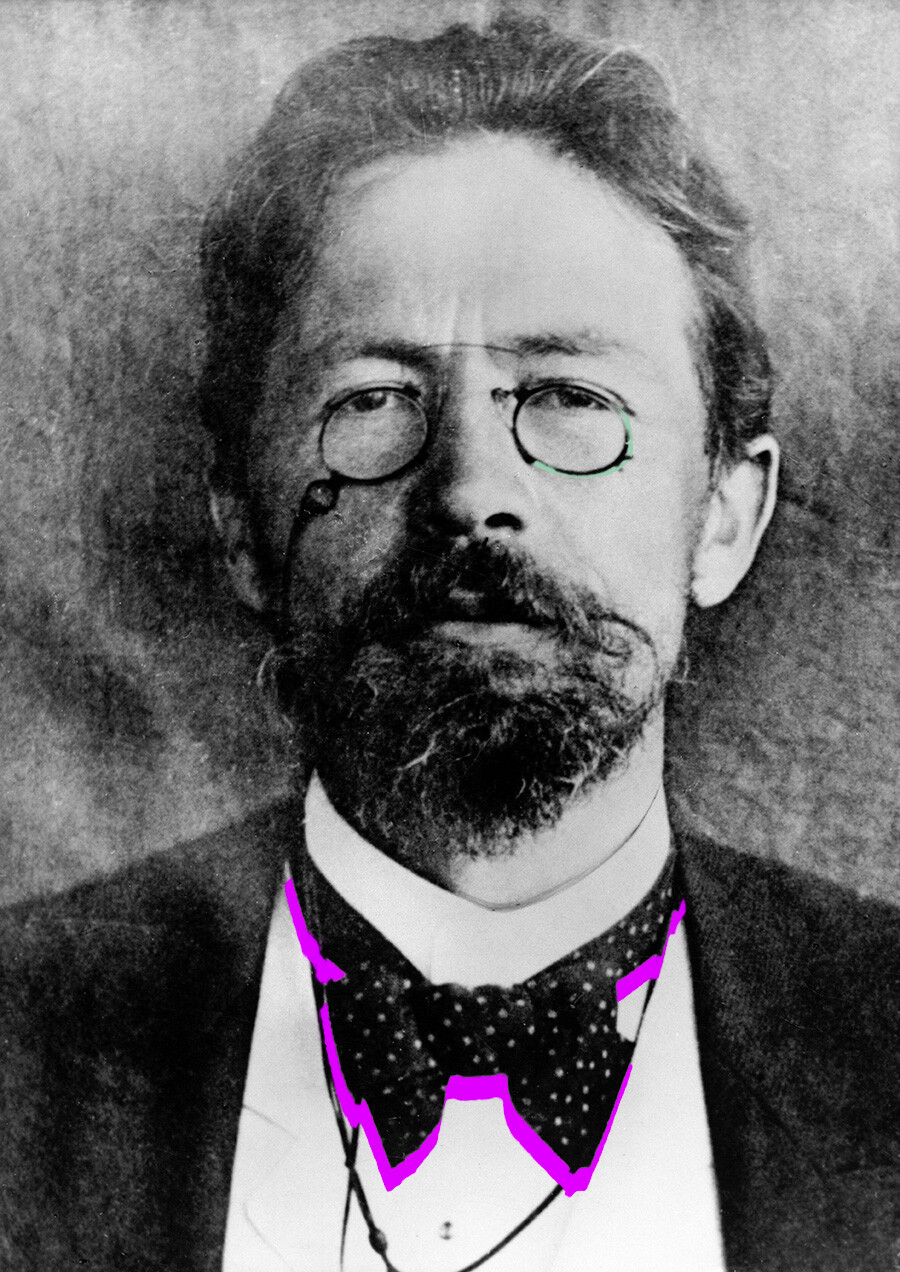
Unlike Tolstoy, Chekhov was never seen wearing a robe. The man was ready to fall into debt or spend the money he received for a novel on looking dapper. In this way, while waiting for the money to come in for his short story ‘Ward No. 6’, Chekhov joked: “If I take the money today, I’ll buy a luxurious hat and a summer coat. It’s time to get a summer dress, as well. The hat is going to be great and, generally, I plan to appear smart.”
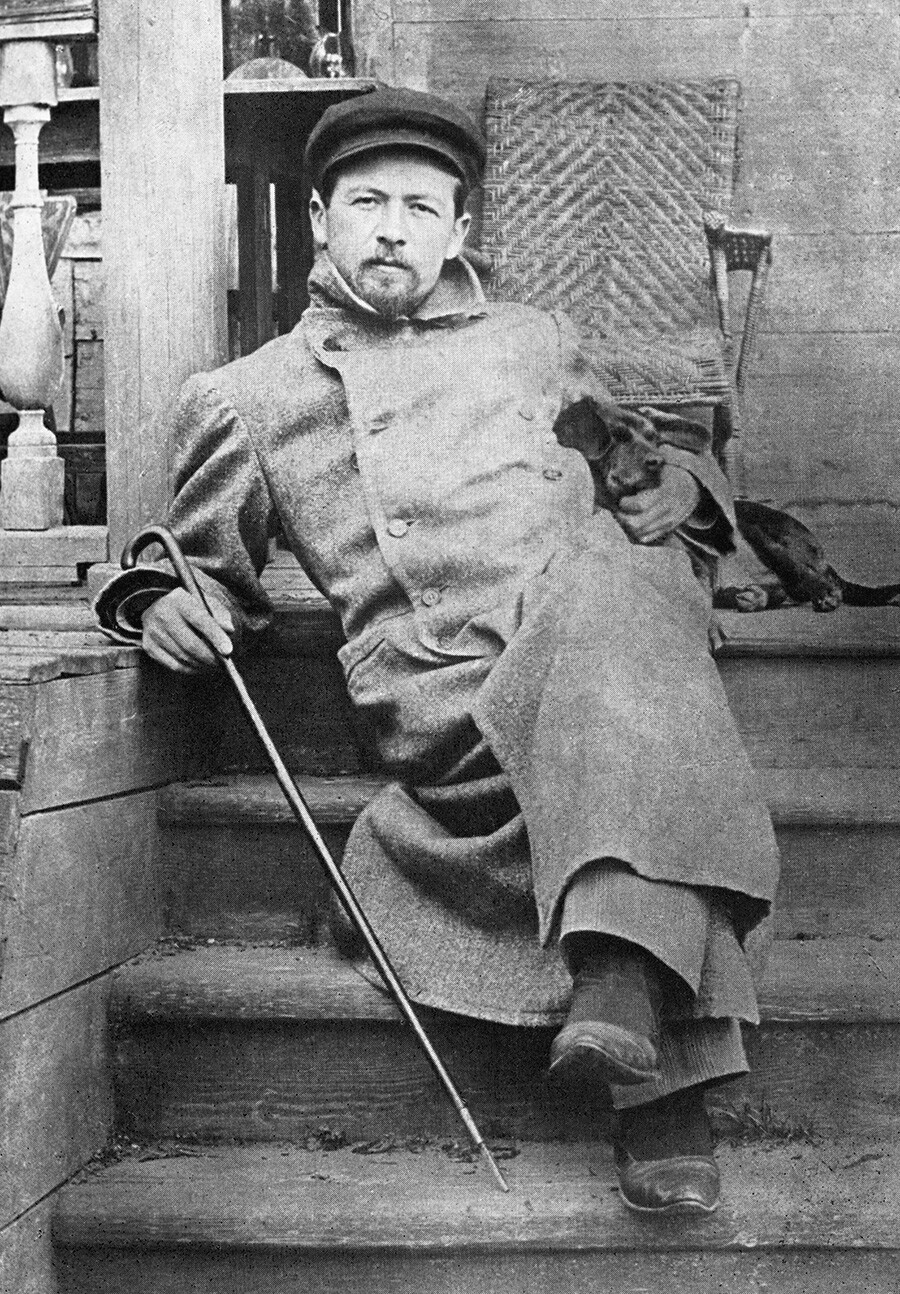
He paid special attention to detail. Since the age of 37, he wore eye-glasses, due to health issues. He found that trendy items took his mind off his bad vision. “I try to appear as a fresh and young 28 year-old man, which I accomplish often, thanks to buying expensive ties and Vera-Violetta perfume.”
“There’s no item of clothing more beautiful than the bronze of muscles and freshness of skin,” the poet noted. But you still couldn’t think of him as a person who shunned fashion.

Prior to 1915, during the futurism phase of his career, Mayakovsky frequently shocked the public with his self-made wardrobe, in part due to not having enough money for nice clothes. One such experiment ended up becoming history: Mayakovsky discovered a black and yellow cloth of “unknown purpose” at some store and fashioned his own long-sleeve out of it. The public’s reaction was that of shock! At one time, the poet would show up everywhere wearing it, despite the fact that suits were an absolute necessity during that period: the long-sleeve looked like a slap in the face of convention. Mayakovsky really didn’t hold back, also sporting long, wavy hair and preferring a clean shave - before suddenly changing his mind and growing a beard; he was also known for wearing fringy pants, tacky hats and voluminous overcoats.
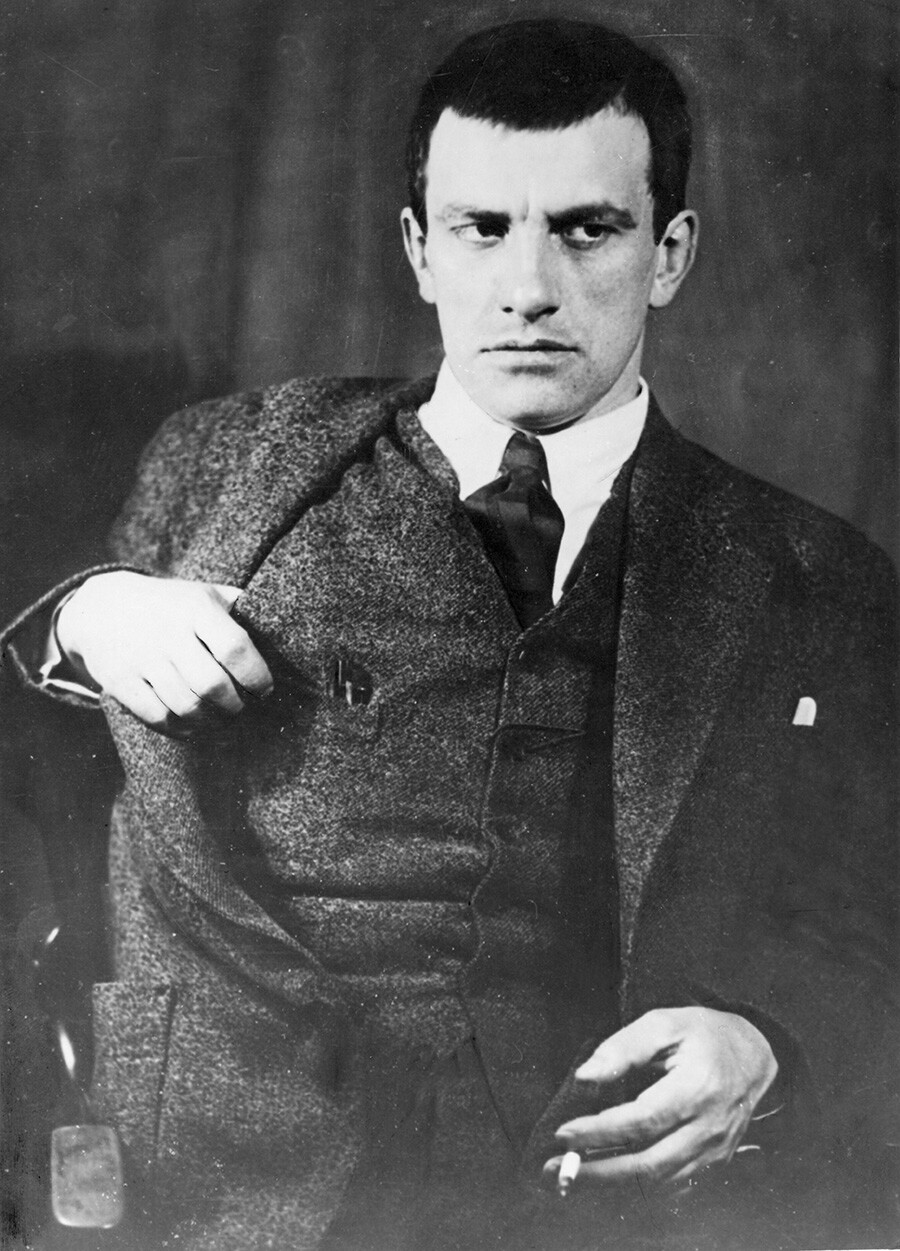
At a later stage, the famous Lilya Brik - his femme-fatale muse and passion - would take over creative control of his style (Brik drove many a man crazy during Russia’s Silver Age). She would pick out bow ties and hats for him, trying to “make him into a presentable man”. In the 1920s, Mayakovsky’s period of creating outrage was behind him and he fell in love with nice foreign-made items, especially those made by the ‘Old England’ brand. Most of his reserved and entirely bourgeois clothing was brought back from trips to Paris.
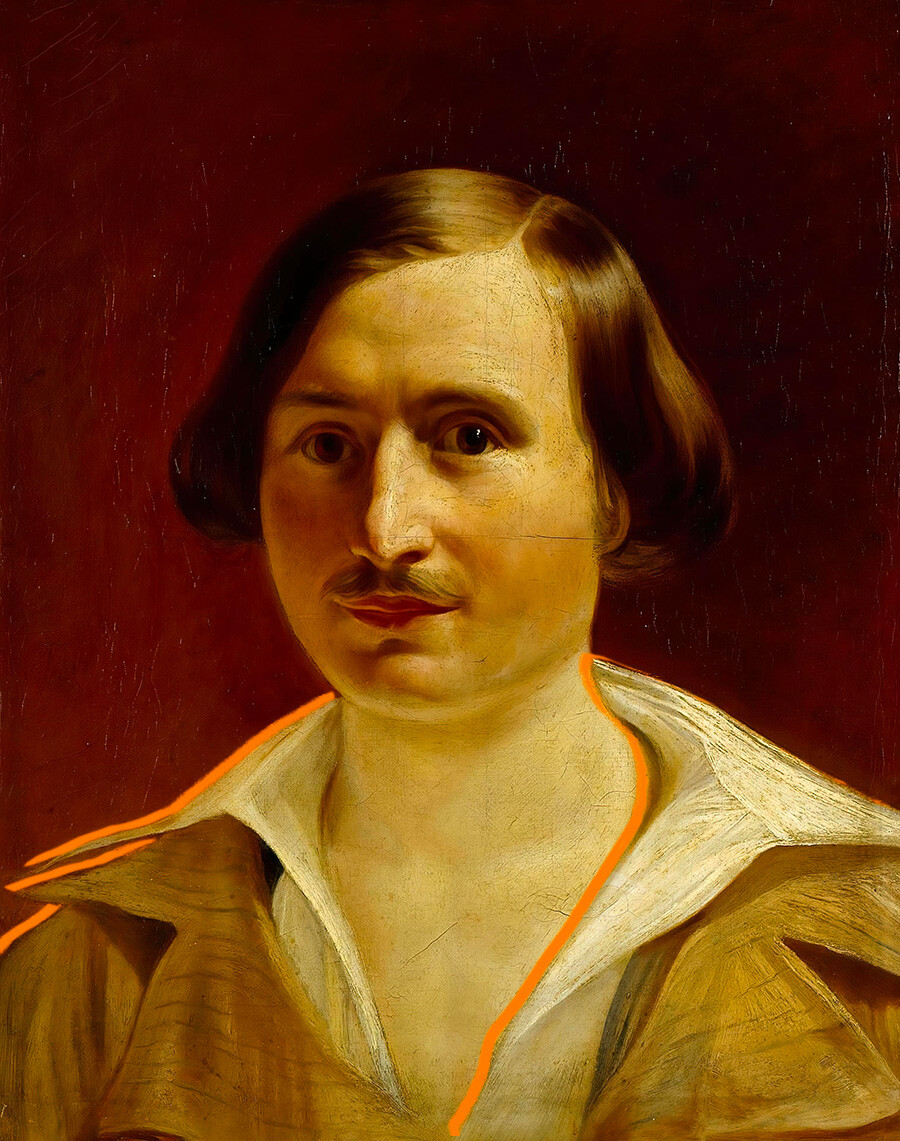
Perhaps, the most mysterious of all Russian writers really loved boots. Gogol’s suitcase could contain two or three pairs at any given time. His overall style could be considered extravagant. In the memoirs of his contemporary, Sergey Aksakov, there is the following episode: Gogol was working on his ‘Dead Souls’, when, suddenly, Aksakov showed up and spotted the writer looking most irregularly. Gogol had a red scarf on, sporting a short Spenser jacket, flannel camisole, fur socks and, topping it all off - a golden kokoshnik. That was how the iconic writer got in touch with inspiration.
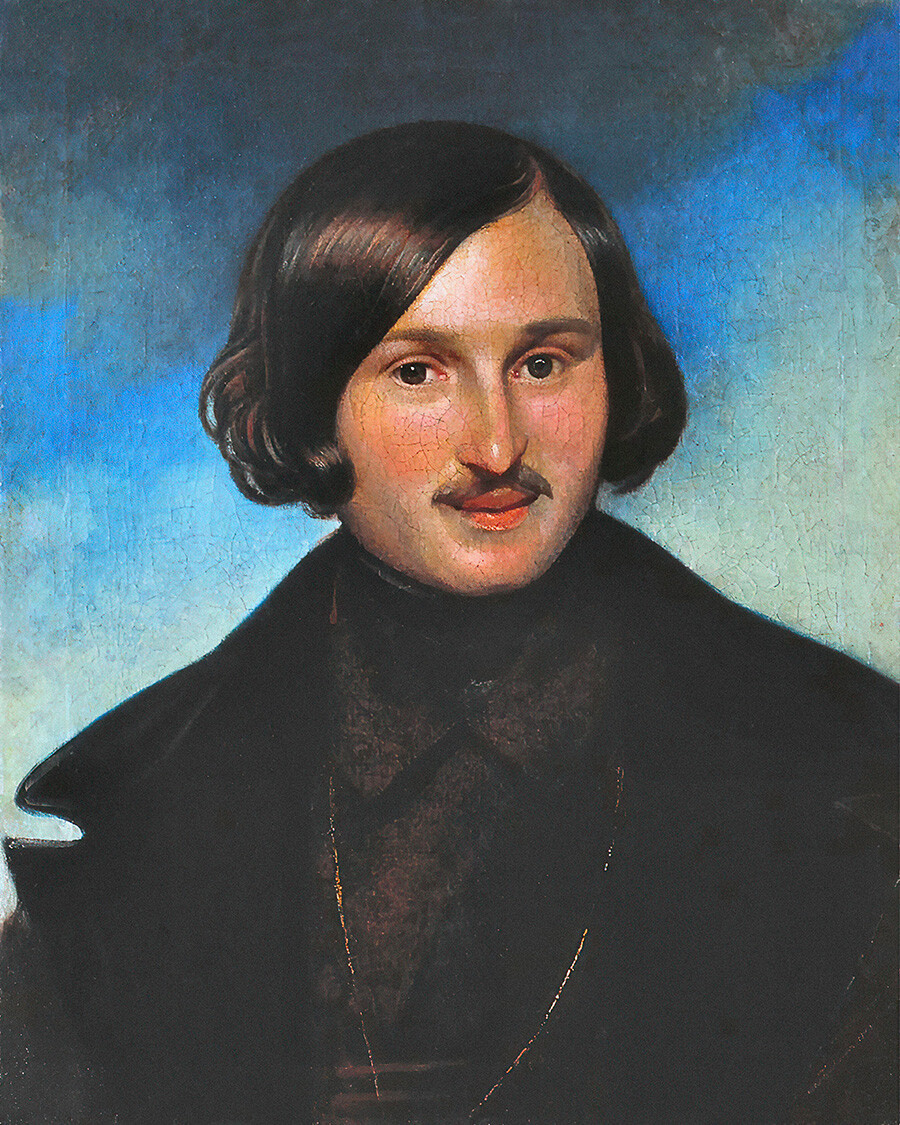
Needless to say, Gogol never wore such items in public, but he honestly loved neckwear and cardigans and also had a flair for combining the uncombinable. He was, in fact, a known shopaholic and really suffered, due to an unhealthy preoccupation with image, which led to much ridicule in those days. He would write to his closest friend Gerasim Vysotsky: “Also, let me ask one more thing of you: is it possible, in Petersburg, to order the best tailor in town to make a frock for me? Find out how much it would cost to make the most exquisite kind that’s trending now… Tell me about the latest materials for cardigans and pants. And what’s a good color for frocks over there?”
If using any of Russia Beyond's content, partly or in full, always provide an active hyperlink to the original material.
Subscribe
to our newsletter!
Get the week's best stories straight to your inbox